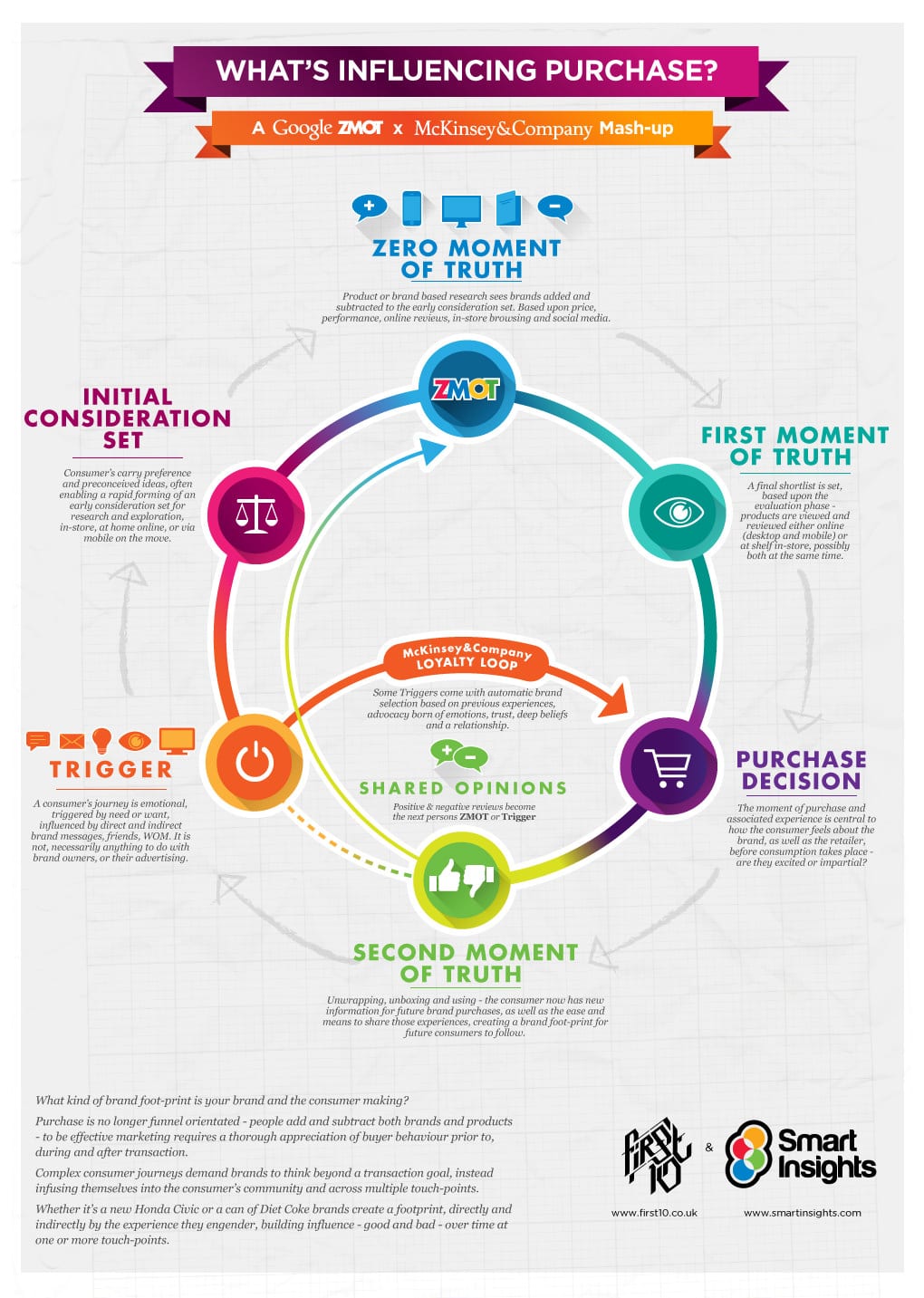Heart Hunter
Exploring the passion for the heart's adventures.
Turning Players into Lifelong Fans with Lifecycle Marketing
Unlock the secrets of lifecycle marketing and transform casual players into devoted fans—boost engagement and loyalty today!
5 Key Strategies for Turning Players into Lifelong Fans with Lifecycle Marketing
Lifecycle marketing is crucial for transforming casual players into dedicated fans of your game. The first strategy involves understanding the player journey, which encompasses all stages from discovery through retention. By mapping out this journey, you can effectively target your communications and tailor experiences. Use tools like player feedback surveys and analytics to gather insights, allowing you to personalize your outreach and create relevant content that resonates with different segments of your audience.
Next, nurture relationships through consistent engagement. Implement a multi-channel approach that includes email, social media, and in-game messaging to maintain ongoing communication with players. Offer exclusive content, special events, or loyalty rewards to keep their interest alive and make them feel valued. Additionally, incorporating a feedback loop helps you stay attuned to their needs, fostering a sense of community and encouraging lifelong loyalty.

Counter-Strike is a highly competitive first-person shooter game that pits teams of terrorists against counter-terrorists in various game modes. Players work together to complete objectives while improving their skills and strategies. For those interested in enhancing their gaming experience, you can find great offers with betpanda promo code.
How Lifecycle Marketing Enhances Player Engagement and Retention
Lifecycle marketing plays a pivotal role in enhancing player engagement and retention in the gaming industry. By understanding the various stages of a player's journey—from acquisition to re-engagement—developers can tailor their marketing strategies to address the specific needs and preferences of players at each phase. For instance, during the onboarding phase, personalized tutorials and rewards can significantly improve a player's initial experience, fostering a sense of accomplishment and attachment to the game. As players progress, targeted messaging and in-game incentives can motivate continued play, ultimately leading to long-term loyalty.
Moreover, utilizing data-driven insights allows gaming companies to refine their lifecycle marketing efforts continually. By analyzing player behavior, companies can identify patterns and trends, enabling them to implement strategies that resonate with their audience. Techniques like email campaigns, push notifications, and in-game events can be used to re-engage dormant players, encouraging them to return and experience new content. This proactive approach not only boosts player retention rates but also cultivates a vibrant community around the game, enhancing the overall player experience.
What Is Lifecycle Marketing and How Can It Create Dedicated Fans?
Lifecycle marketing is a strategic approach that focuses on engaging customers at every stage of their journey, from awareness to advocacy. This process involves understanding the various stages of customer interaction and tailoring your messaging and offers to meet their specific needs at each phase. By effectively guiding potential customers through their lifecycle, businesses can not only increase conversion rates but also foster a deeper connection with their audience. This connection can ultimately lead to dedicated fans who are more likely to support your brand over the long term.
One of the key components of lifecycle marketing is utilizing data analytics to track customer behavior and preferences. By analyzing this data, marketers can create personalized experiences that resonate with their audience, thereby enhancing loyalty. Additionally, implementing a robust feedback loop, where customers feel heard and valued, encourages them to engage more with your brand. When customers feel a genuine connection, they are more likely to become dedicated fans, championing your products and services within their networks. In turn, this organic growth can lead to increased referrals and a solid, loyal customer base.